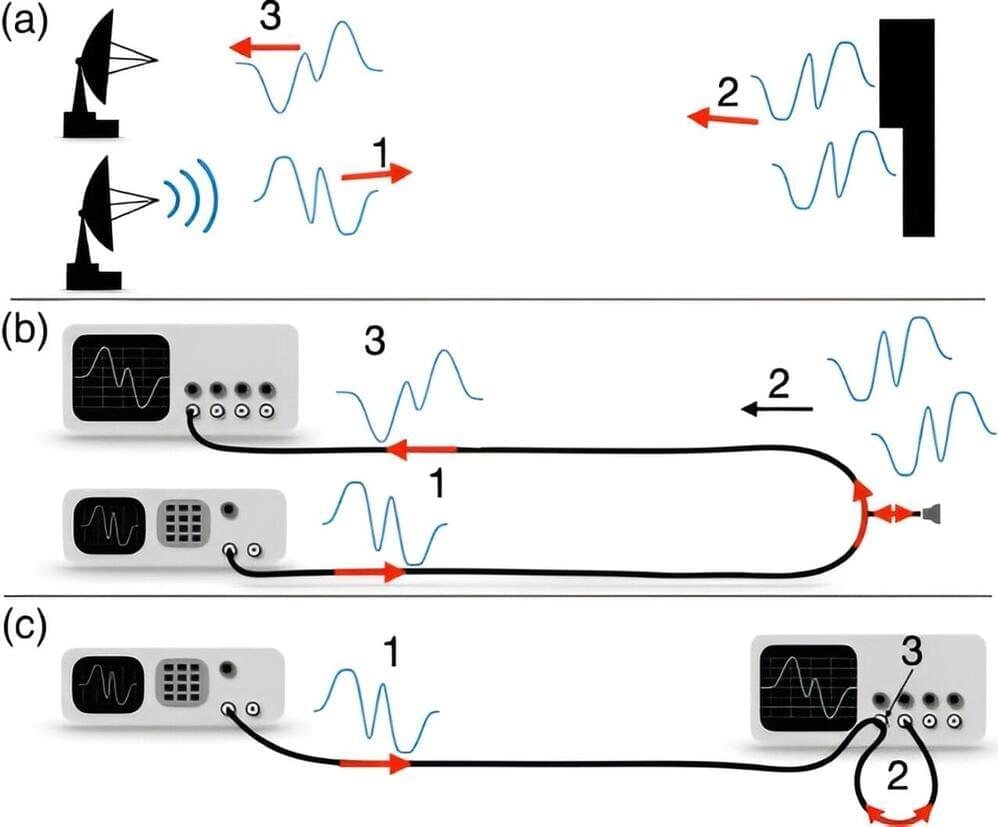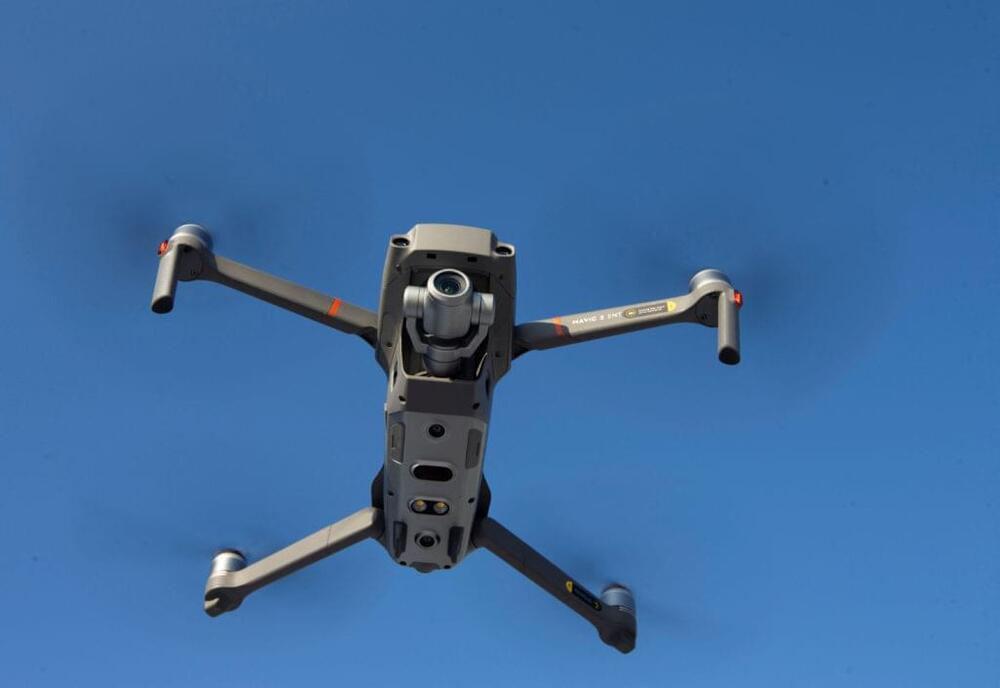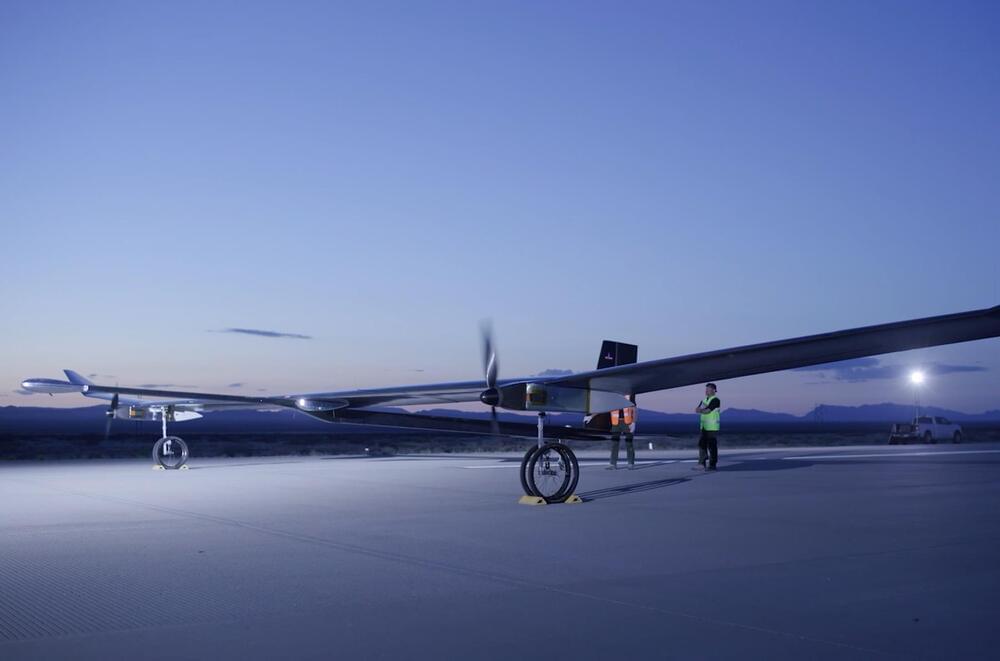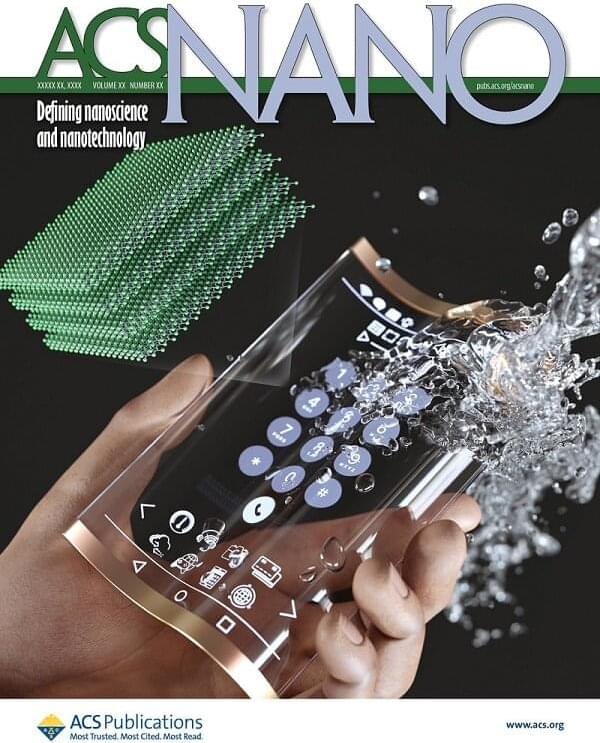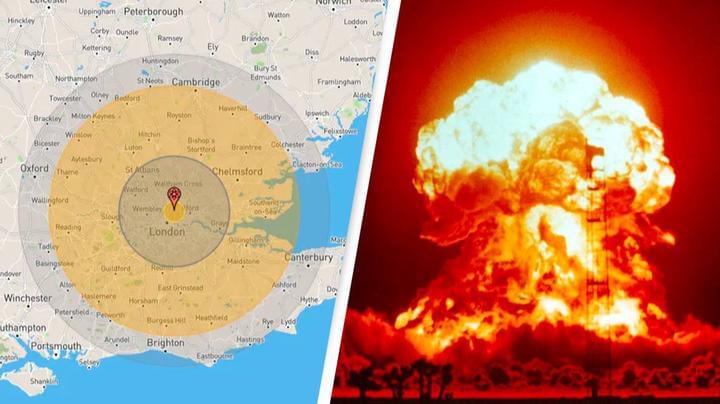New interference radar functions employed by a team of researchers from Chapman University and other institutions improve the distance resolution between objects using radar waves. The results may have important ramifications in military, construction, archaeology, mineralogy and many other domains of radar applications.
This first proof-of-principle experiment opens a new area of research with many possible applications that can be disruptive to the multi-billion dollar radar industry. There are many new avenues to pursue both in theory and experiment.
The discovery addresses a nine decades-old problem that requires scientists and engineers to sacrifice detail and resolution for observation distance—underwater, underground, and in the air. The previous bound limited the distance estimated between objects to be one quarter of the wavelength of radio waves; this technology improves the distance resolution between objects using radar waves.
